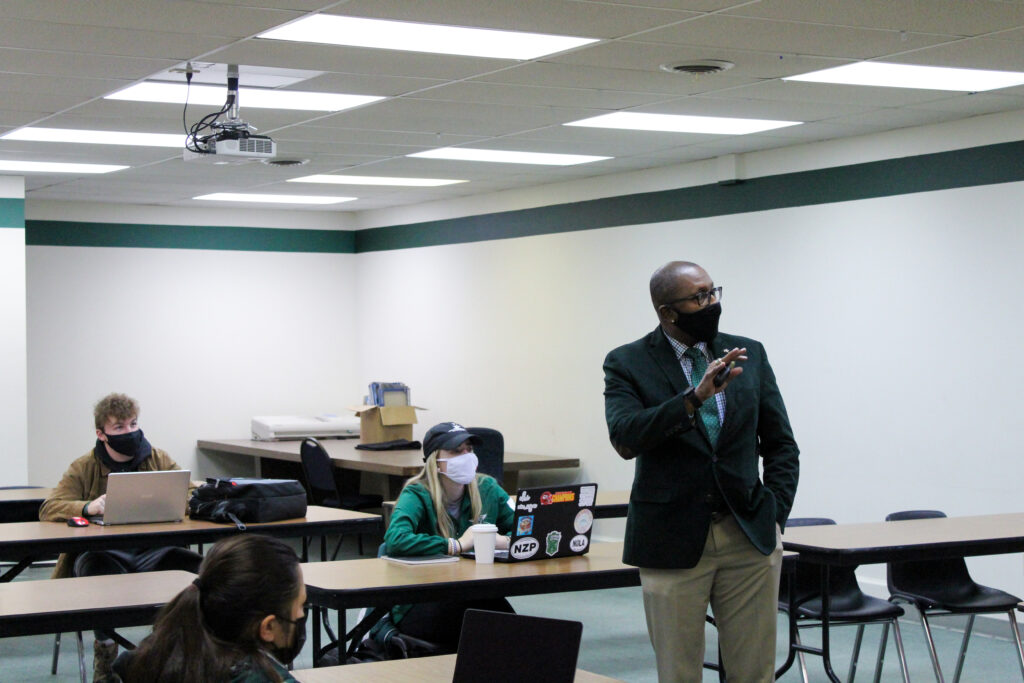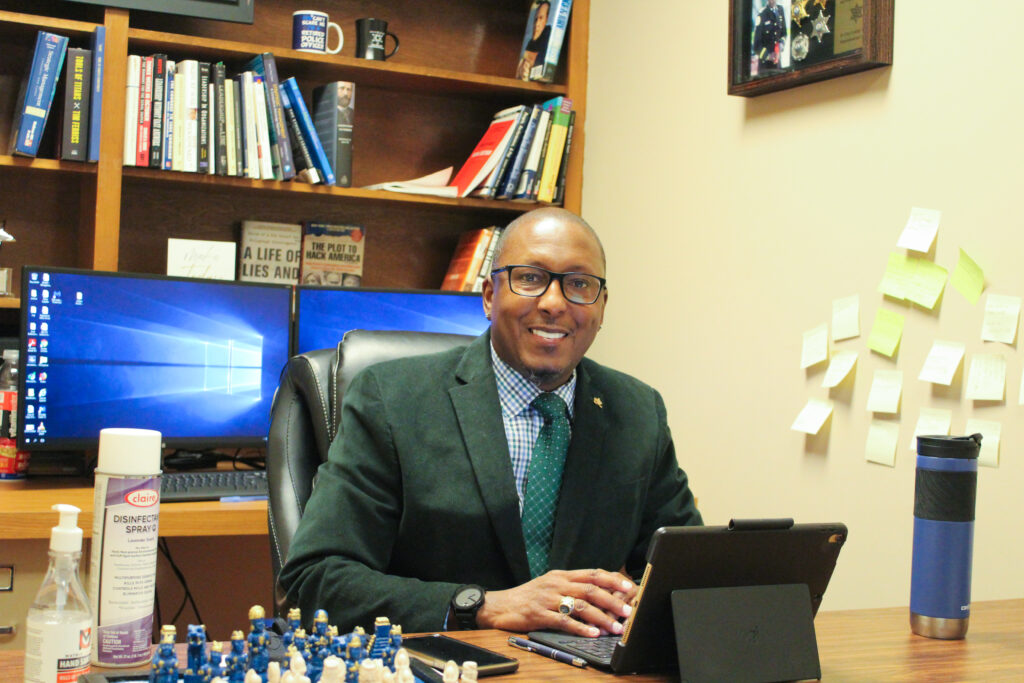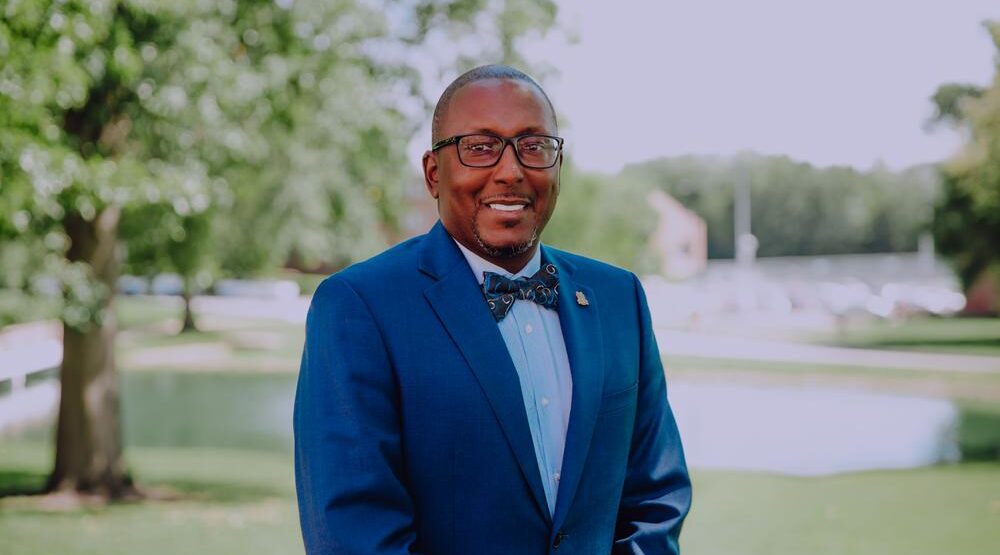To mark Black History Month, The Woods Today is spotlighting our newest African-American faculty and staff, with each profile in their own words as told to Veronica Townsend
William Woods has been great since I began teaching here last August, and I have great expectations for the future here. Growing up, my initial goal was to work for the government and that was the job I did for over 25 years (in law enforcement at the local, state and federal level, retiring at the rank of captain from the St. Clair County (Illinois) Sheriff’s Department). Working in every level of city, county, state, and federal law enforcement for more than 25 years greatly shaped my academic career. As I moved through the ranks and retired as an Assistant Major (Captain) after having a leadership role in several of my assignments, it made my focus on leadership and mentoring as a natural progression. This also helped shape part of my teaching philosophy which is to produce the next generation of leaders that are capable of working with diverse groups of people, lead teams, and are good decision-makers. My previous career also taught me the importance of empathy for others and to try every day to make a difference for others. Service is at my core and working in higher education meets that calling for me. Working with a diverse group of students every day provides me a level of satisfaction that is hard to measure but seen every day I am on campus and working with students, faculty and staff. I feel blessed and humbled to have two careers that I love and also generated my mission to start my own consulting business which allows me to still have one foot in government work. When all is said and done, I want to be remembered for doing all I could to help others achieve and reach their goals and preparing them for the challenges that come with the job.
Establishing classroom goals and philosophy

For all my classes, I use DDC as an acronym, which stands for determination, dedication and commitment. If you have those core characteristics not only do you propel in the organization, but you are also able to handle stressful situations a lot better and deal with them because we are all going to fail at some point. In my teaching philosophy, I am going to teach students persistence and to push them in a manner that is not overly aggressive but challenges them and pushes them outside their boundary of where they think they can succeed, with the intent to build their self-efficacy. Once I have instilled and built that efficacy, I send the student out the door feeling more confident than when they entered. My goal is to build a better and stronger person both internally and externally that is capable of critically thinking about the information and meeting those challenges they will face in the real world.
Promoting diversity in and outside the classroom
To understand people, you have to have an open mind, and learn new skills. Diversity is a foundational piece of any good holistic organization. To make a diverse organization, all the stakeholders within the organization must buy in and work hard to understand what it means for the organization as it transitions. As soon as you ask for a more diverse world, and people start coming, everyone has to be on board. Being on the WWU Diversity and Inclusion committee, has been a good experience thus far. I enjoy working with members, who are genuine and passionate about what they are doing in making the board’s mission of diversity and inclusion a success. A key part is how the rest of the pieces come together because the entire university including students has to be open and accepting to the idea. Otherwise nothing will ever work because people are going to try to sabotage it and not want to accept the change. I think the vision the board has set-forth, coupled with the support of the leadership, has put us in a position to be successful. We have already done some great work and have some exceptional future ideas in the works.

Inspiring the next generation
To increase diversity in leadership roles, you have to actively recruit and make opportunities available to them. One of the problems getting minorities into these leadership roles is that they face a lot of barriers. When mentoring, you seek out minorities who have the potential, character, and tools but have not had the chance to use them. You take them under your wing and fly with them. These groups must have someone teach, show and mentor them. Everyone has someone they model. If we want diverse leadership to become the norm, we have to have those models and people to take them under their wing. I am grateful to have at least eight leaders in my life, who took me under their wing and helped me to develop into a successful person.

